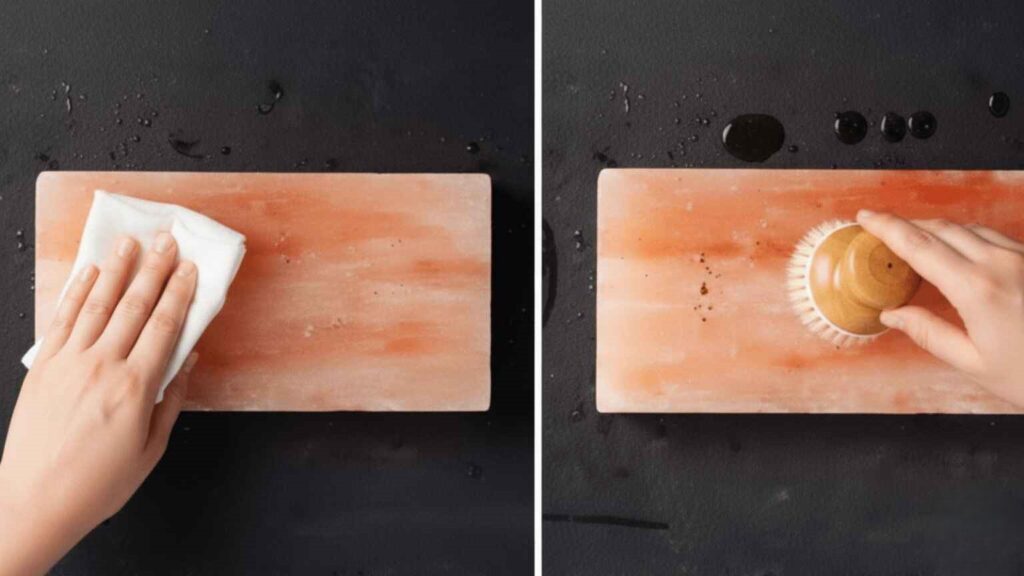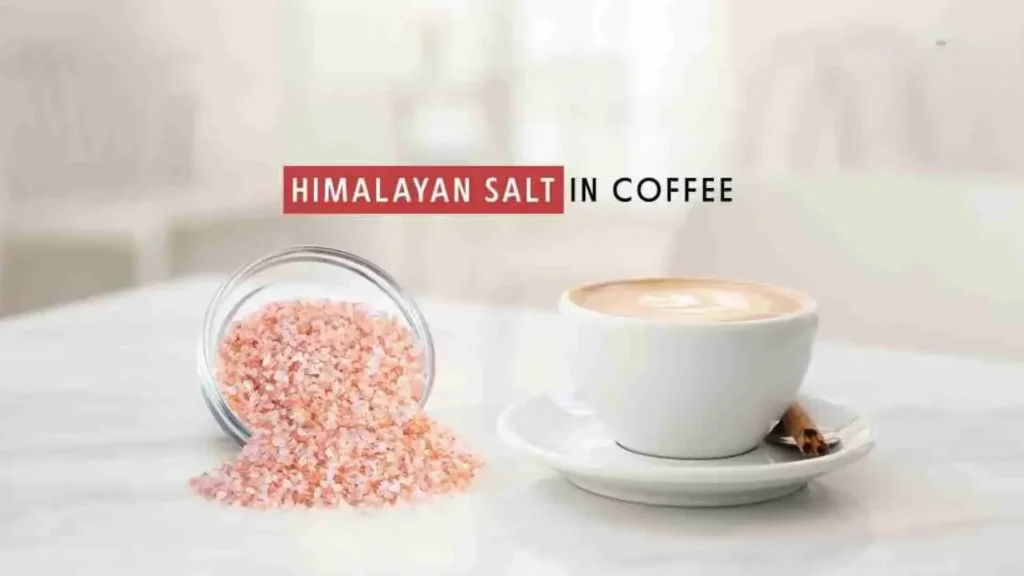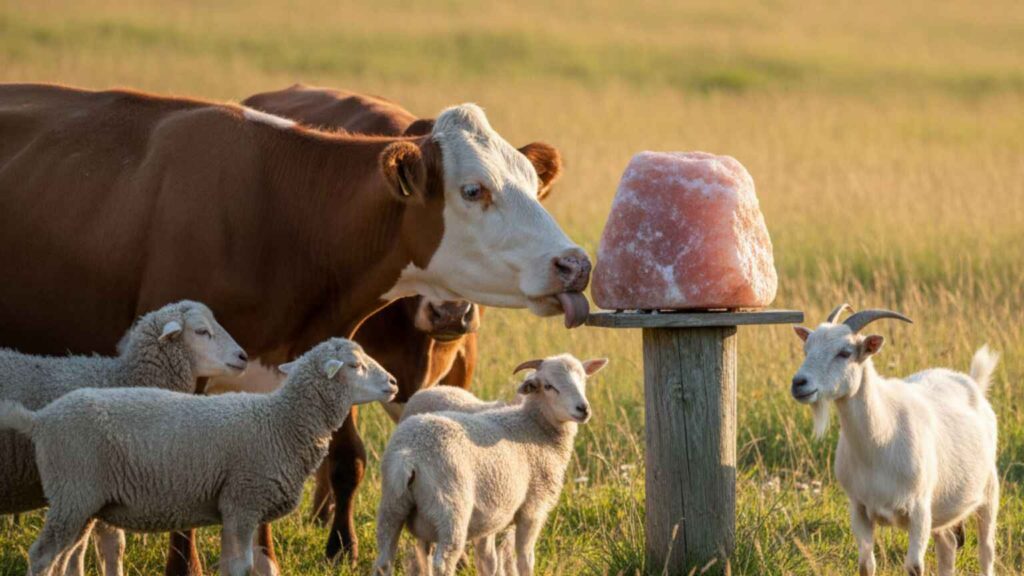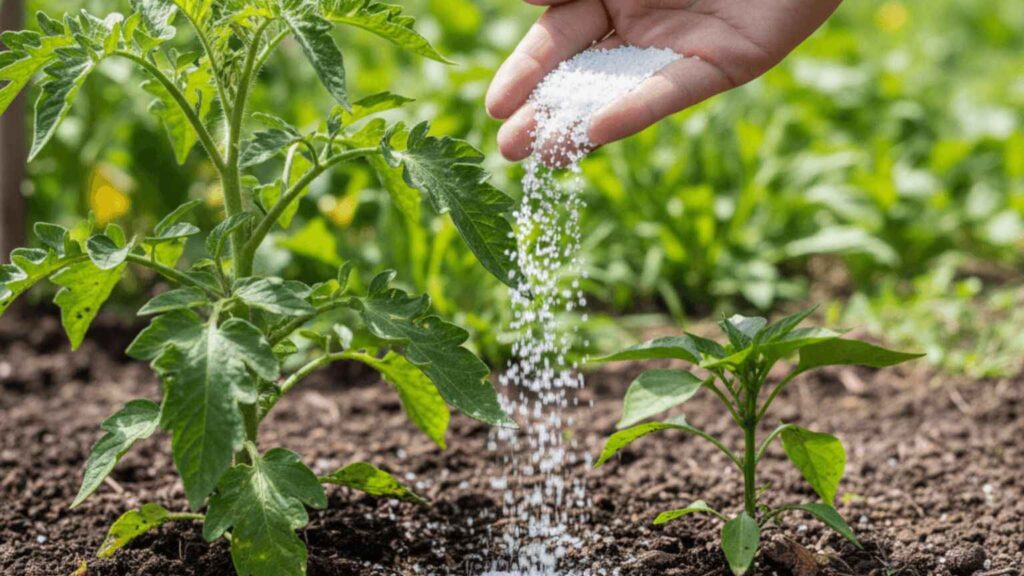Salt Wall Construction
Salt Wall Construction: A Simple Guide to Building Stunning Himalayan Salt Walls Key takeaways Salt wall construction involves installing Himalayan salt bricks with LED backlighting for beauty and relaxation. Choosing the right space, low humidity, and strong framing ensures long-term stability. Proper electrical planning and moisture control are crucial for safety and durability. LED backlighting and brick patterns significantly influence the final aesthetic. Avoid common mistakes such as weak frames, damp locations, or high-heat lighting. Estimated costs vary based on bricks, framing, LED quality, and labor charges. Himalayan salt walls are generally safe when built with cool LEDs, concealed wiring, and stable framing. Regular dry cleaning and humidity monitoring help maintain the wall’s appearance. Himalayan salt walls are ideal for spas, wellness centers, gyms, and home relaxation corners. Using high-quality bricks such as those from Sobaan Salts enhances strength, appearance, and longevity. Salt wall construction involves erecting decorative or therapeutic walls with Himalayan salt bricks on a robust frame, illuminated by LED backlighting. These installations produce a warm, amber glow that beautifies interiors and fosters relaxation. Properly planned, the build is straightforward and results in enduring structures. This guide delivers clear, step-by-step instructions for novices to create secure, attractive Himalayan salt walls that uplift wellness settings. Why Build a Himalayan Salt Wall? Key Benefits Himalayan salt walls provide diverse perks for residential and commercial use. They release negative ions potentially enhancing air purity and breathing ease, backed by halotherapy studies [1]. The gentle illumination cultivates tranquility, effectively lowering tension [2]. Fosters a peaceful vibe with subtle amber shine Boosts room style with organic, upscale textures Supports tension relief and mental calm Suits spas, gyms, yoga spots, and reflection areas Delivers standout visuals for businesses aiming for recall Enables tailoring via light adjustments and brick layouts Increases worth in health-focused venues Offers durability with apt setup and little care Suits homes and work environments alike Read More: Discover the Best Himalayan Salt Products for Your Home & Wellness What You Need Before Starting Salt Wall Construction Choosing the Right Space Focus on spots with steady temps and low moisture to shield salt bricks. Ideal choices encompass quiet lounges, wellness corners, or spa zones where aridity holds. Avoid wet areas like baths or outdoors to stop brick wear. Smart location picks from start secure firmness, prime light spread, and lasting visual flow in your Himalayan salt wall effort. Wall Strength & Structural Requirements Salt bricks carry notable heft, demanding a solid, defectless base wall. Use timber or steel grids to spread weight fairly, aiding lasting steadiness. Scan for flaws like peeling coats or bumps before advancing. Careful build prep cuts chances of later harm, keeping your salt wall setup firm and neat amid routine use over years. Moisture, Ventilation & Electrical Planning Salt draws in dampness fast, stressing humidity caps under 50% to block melting or white buildup. Solid air flow keeps bricks lively and mold-free. Add power lines early for LEDs, picking hidden paths for better guard and grace. Full prep here holds work, charm, and risk-free run through the wall’s full term. Did You Know? A 2025 trial showed halotherapy improves pulmonary function in ARDS patients, reducing IL-1β (P=0.001) and boosting vital capacity (P=0.043), while cutting cardiac events and frailty [8]. Materials Required for Himalayan Salt Wall Installation Himalayan Salt Bricks or Tiles Pick top-grade bricks with matching sizes and sharp borders for easy fitting. See-through types shine in letting light filter softly, heightening the healing shine. Fine bricks build toughness to surroundings and cut setup slips. For sure supply mixing looks and strength, try Sobaan Salts picks, great for a sleek end in salt wall builds. LED Lighting Strips Low-power LED bands bring the famed pink gleam tied to salt walls. Choose chill-running kinds to dodge heat harm to salt forms. Set bands back for flat light that spots natural lines. Tunable picks let vibe shifts, from lively to restful. Smart light setup lifts the wall’s healing edge and adds smart, welcoming light to rooms. Frames, Adhesives & Support Materials Stout frames from handled wood or rust-proof steel give key backing. Salt-safe metals fend off decay from minerals. Use special pastes or glues made for rock bases to lock bricks tight. Add big screws, holds, and brace clips for best weight hold. These parts team up for a safe, even build that lasts sans warp or style drop. Tools Needed Key gear smooths the job, aiding accuracy and guard. Battery drill with rock bits Exact measure tape Plumb tool for straightness Seal gun for glues Guard gloves and specs Soft cloths for shine These aids cut slip-ups, lock even lines, and keep gaps steady, leading to a perfect Himalayan salt wall finish. Step-by-Step Salt Wall Construction Process Step 1 – Prepare the Wall Surface Start by clearing junk, soil, and loose paint, then let it dry fully. For bumpy bases, stick on wood or plastic sheets for a smooth start. This setup step boosts stick power and stops slide risks. A spotless, level ground backs the life of your Himalayan salt wall, dodging usual woes like tilt or glue fails. Step 2 – Set Up the Frame or Grid System Build a tough frame with wood or metal bars Lock it firm with bolts or holds Test straightness with a plumb Set same gaps for weight share A good frame holds salt loads, sets shape exactly, and gives the done wall a pro touch. Step 3 – Install Backlighting for the Glow Effect Stick LED lines back in the grid Space them same for even shine Stick to low-warm LEDs only Tuck wires away for neat look Right light setup boosts the warm, calm shine salt walls famed for, making the look eye-catch. Step 4 – Place and Secure the Salt Bricks Begin at bottom line up Spread rock glue right Keep same space ‘twixt bricks Check straight often Careful sets yield balanced, neat plans. True lines and fit gaps give the wall a pro, high-end view. Step
Salt Wall Construction Read More »










